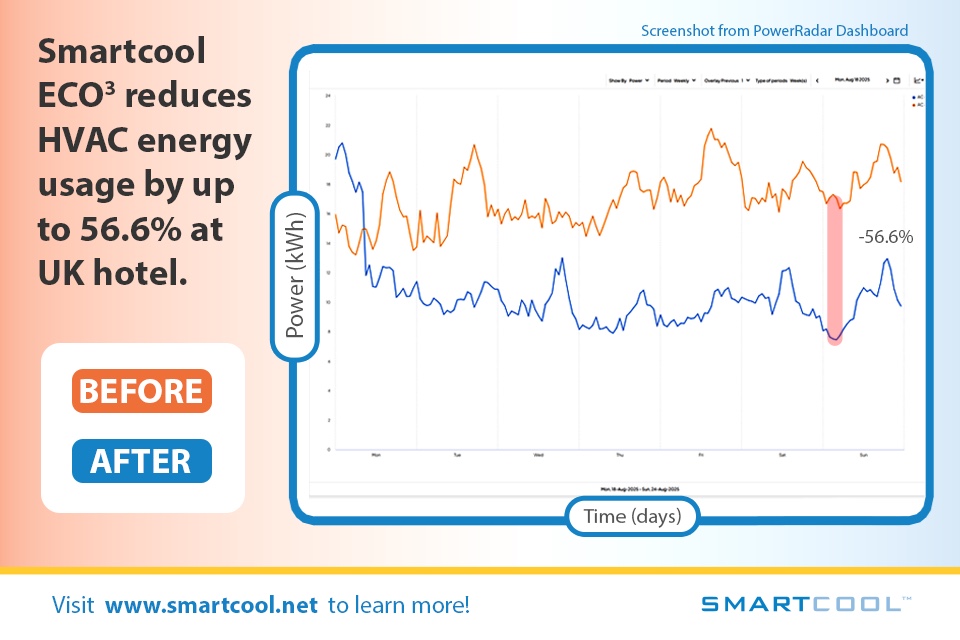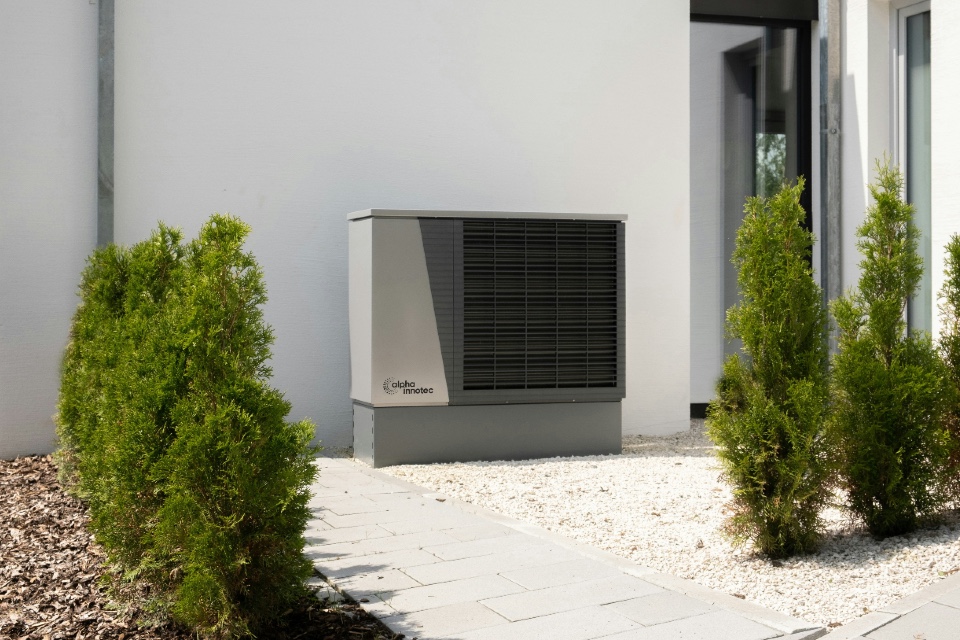Commercial HVAC (Heating, Ventilation, and Air Conditioning) systems are critical for creating comfortable, healthy environments in both private and public sector buildings. As energy management and sustainability take centre stage, senior EM professionals in the UK need to stay abreast of the latest HVAC trends, which emphasise efficient technology, sustainability, and cost-effectiveness. Here’s a look at the key developments in commercial HVAC solutions, based on delegate requirements at the Energy Management Summit…
1. Smart HVAC Systems and IoT Integration
Smart HVAC systems, driven by Internet of Things (IoT) technology, are transforming building management. By connecting HVAC units to cloud-based platforms, these systems enable real-time monitoring, remote control, and predictive maintenance, helping facility managers optimize energy use and detect issues early. IoT sensors can monitor air quality, temperature, and occupancy, adjusting the HVAC system based on actual building usage, which saves energy and reduces operational costs.
These solutions are particularly beneficial in large facilities like hospitals, universities, and corporate offices where energy demands fluctuate throughout the day. With real-time data, energy managers can make informed decisions to enhance indoor climate while minimizing waste.
2. Energy-Efficient Heat Pumps
As part of the UK’s goal to reduce carbon emissions, heat pumps are becoming popular alternatives to traditional heating methods. Heat pumps, which transfer heat rather than generating it directly, are highly efficient and can operate effectively in a variety of commercial settings. Air-source heat pumps (ASHP) and ground-source heat pumps (GSHP) are the most common options, providing substantial energy savings and reducing reliance on fossil fuels.
Heat pumps are especially valuable for organizations aiming to meet sustainability goals or reduce energy costs. Many government incentives, such as the Non-Domestic Renewable Heat Incentive (RHI), support the adoption of heat pumps, making them a cost-effective choice for energy-conscious facilities.
3. Variable Refrigerant Flow (VRF) Systems
Variable Refrigerant Flow (VRF) technology is another trend making waves in commercial HVAC. VRF systems adjust refrigerant flow to match the specific heating or cooling needs of different areas within a building, allowing for precise temperature control. This zoning capability reduces energy waste, as only occupied areas are heated or cooled, which is ideal for buildings with diverse usage scenarios, such as hotels, offices, or mixed-use complexes.
VRF systems are also known for their quiet operation and ease of installation, making them a popular choice for retrofitting older buildings that may not be suitable for more extensive HVAC overhauls.
4. Sustainability and Renewable Energy Integration
Sustainability remains a top priority, and HVAC systems are now being integrated with renewable energy sources like solar and wind power. Hybrid systems that combine traditional HVAC with renewable sources can greatly reduce carbon footprints, making buildings more environmentally friendly. Coupled with energy storage solutions, these systems can maintain consistent HVAC performance even during peak demand times, reducing reliance on the grid.
5. Cost Management Through Predictive Maintenance
Predictive maintenance is essential for reducing HVAC operational costs. Using IoT sensors and AI, predictive maintenance solutions can anticipate system issues before they lead to costly breakdowns, ensuring HVAC systems run at peak efficiency. This proactive approach minimizes repair costs, extends equipment lifespan, and reduces unexpected downtime.
By adopting these advanced HVAC solutions, organizations can better manage costs over time, reduce environmental impact, and create healthier indoor environments, meeting both operational and sustainability goals.
Conclusion
The latest trends in commercial HVAC solutions focus on smart technology, energy-efficient options, sustainability, and predictive maintenance. By embracing these innovations, senior energy management professionals can optimize HVAC performance, reduce costs, and support sustainability initiatives, ultimately leading to more resilient and energy-efficient buildings in both the public and private sectors.
Are you searching for Heating & Ventilation solutions for your organisation? The Energy Management Summit can help!
Photo by Phill Brown on Unsplash




